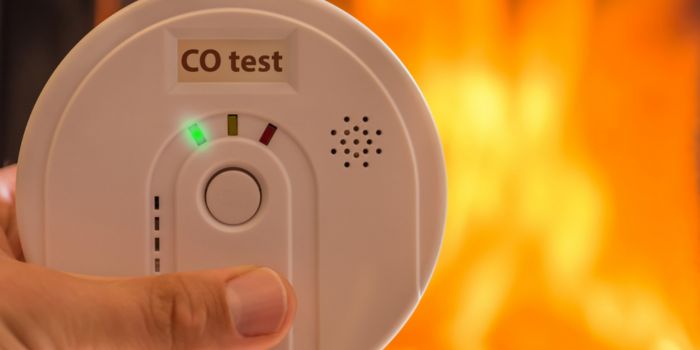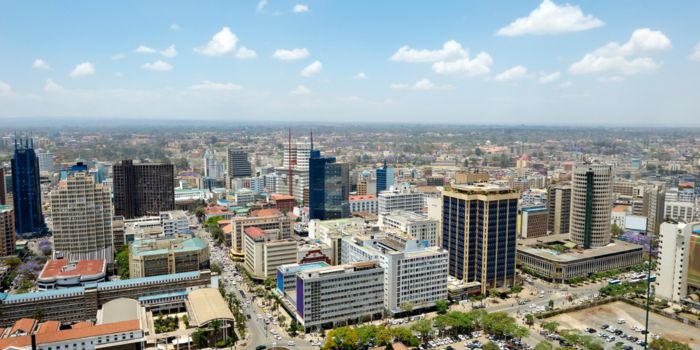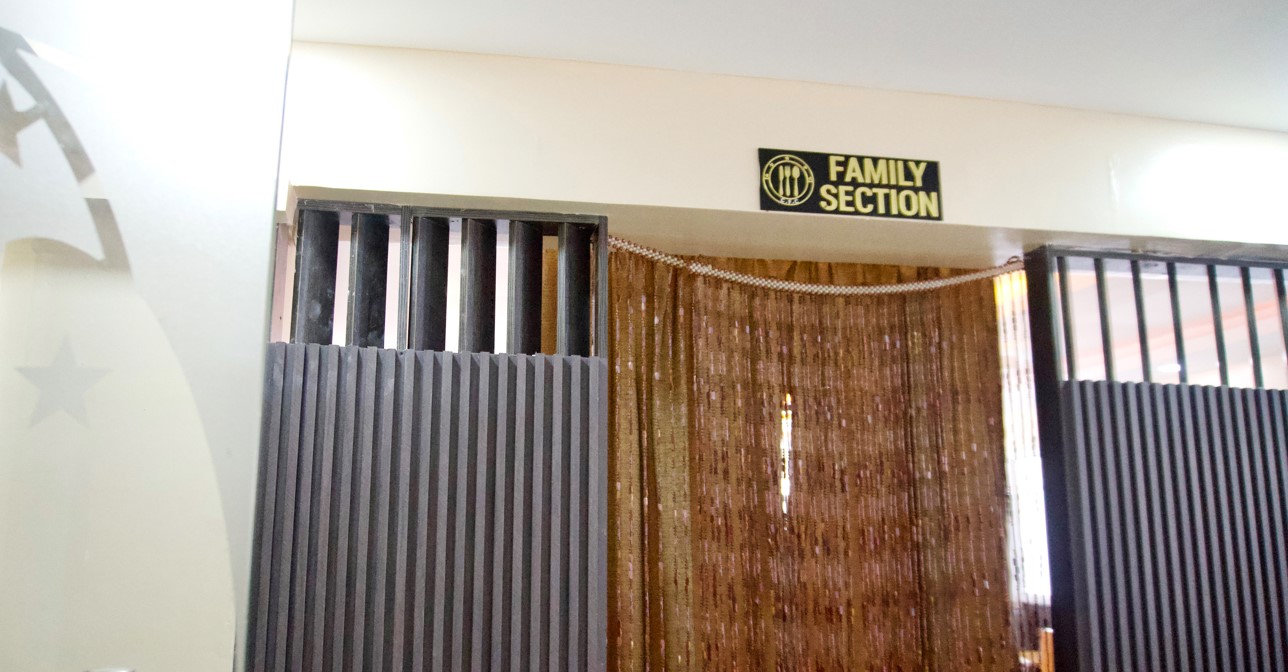Study raises alarm over high carbon monoxide levels in Nairobi homes

By Yunis Dekow |
The study sheds light on alarming levels of carbon monoxide in Nairobi, primarily from cooking at home, and says they are comparable to what is recorded in rural areas.
Nairobi, a bustling city with a population of over 4.3 million within its limits and 9.3 million in the surrounding metropolitan area, is facing challenges with household air pollution, particularly in relation to carbon monoxide (CO) exposure.
Despite Nairobi's status as a major economic hub in Africa, characterised by numerous businesses and factories, the city grapples with severe air pollution due to its high population density and anthropogenic activities.
The study titled "Tupumue" (Swahili for 'let us breathe') sheds light on the alarming levels of CO exposure among school-going children in Nairobi, primarily stemming from cooking at home.
The multidisciplinary research, published on April 25, 2024 in the Environmental Pollution journal, involved the collaboration of institutions including the Kenya Medical Research Institute (KEMRI), the Liverpool School of Tropical Medicine (LSTM), the Stockholm Environmental Institute, and the University of Stirling.
Focusing on non-communicable lung diseases in Kenya, it analysed air pollution concentrations in nearly 200 Nairobi homes over 24 hours.
“A subset of around 100 participants from each community were randomly selected and invited to participate in the air quality monitoring component of the study,” KEMRI said in a statement on Sunday.
Serious health risks
Carbon monoxide, often referred to as the "silent killer," is an odourless and colourless poisonous gas produced by the incomplete combustion of carbon-based fuels.
In children, exposure can result in severe health issues such as hypoxia, neurological damage, respiratory problems, developmental delays, and, in extreme cases, unconsciousness or death.
Alarmingly, approximately one in 10 homes had CO concentrations exceeding European standards, indicating a significant risk of health issues, including acute exposure and poisoning.
The deadly gas produced by incomplete combustion of carbon-based fuels poses serious health risks, especially for child development, in households with poorly ventilated stoves.
 A view of Nairobi, Kenya's capital city. (Photo: Courtesy)
A view of Nairobi, Kenya's capital city. (Photo: Courtesy)
According to the findings, around 60 per cent of school-going children are exposed to the highest CO levels in the evening, likely due to cooking activities.
Children in homes with higher carbon monoxide concentrations in the evening and early morning may arrive at school feeling drowsy or nauseous and less able to concentrate on their learning for the first hours of the day.
Contrary to expectations, the study found that even urban homes using cleaner liquid or gas fuels exhibit high concentrations comparable to those in rural areas, where solid fuels like charcoal and wood are predominantly used, indicating that the type of fuel may not be the primary factor in CO emissions.
Interventions urgently needed
The study asserted the urgent need for targeted interventions to address household air pollution in urban settings and mitigate CO exposure.
KEMRI researcher Fred Orina noted the need for immediate and urgent action to implement various mitigation strategies.
"To combat this, Nairobi needs to prioritise investments in incentive measures to transition to cleaner alternatives, which could significantly reduce pollution levels," Orina told The Eastleigh Voice in an interview.
"Improving the cooking environment by enhancing ventilation and providing health education to the public, such as encouraging people to open windows during cooking, are critical steps."
Orina further highlighted the importance of further research to understand the long-term effects of CO exposure on child development and develop the best strategies to mitigate these effects.
"More support for research is important in determining long-term effects on child development and the best strategies to mitigate the effects," he said.
"By utilising the universal health coverage platform, the government can easily provide health education on the adverse effects of CO," he said, adding that the new houses it is constructing should come with proper ventilation in cooking spaces to significantly reduce levels of the gas.
"With the new housing scheme, developing structures that allow proper ventilation in cooking spaces is crucial," Orina added.
Poor air quality correlates with numerous health issues, including asthma and cardiovascular diseases, and exposure to certain pollutants leads to respiratory problems and can even affect reproductive health.
Lung and throat cancers, along with damage to vital organs such as the liver and kidneys, highlight the pressing need to tackle Nairobi's pollution crisis.
Community education on household air pollution and interventions targeting cooking activities have been identified as crucial steps to safeguard public health in Nairobi and other urban centres facing similar challenges.



















